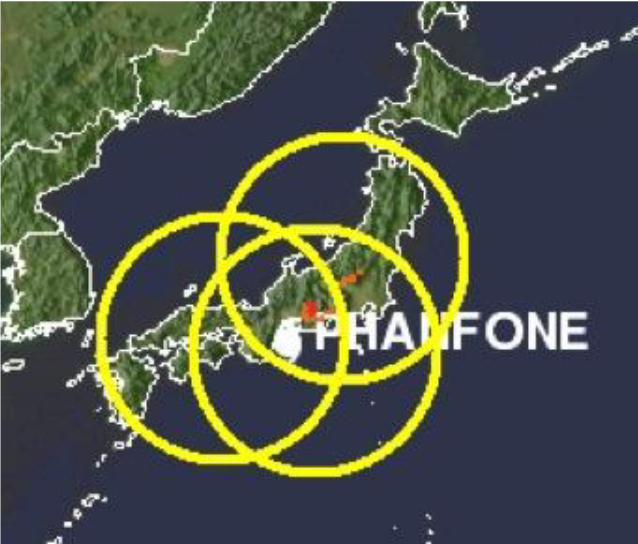Use of TRMM/GPM Rainfall in Real-time Global Flood and Landslide Calculations
Bob Adler talks on TRMM/GPM rainfall for landslide prediction.
Length: 35 minutes.
A Global Flood Monitoring System (GFMS) has been developed and tested to provide real-time flood detection and streamflow estimates using NASA multi-satellite precipitation data calibrated by TRMM and, in the near future, by the GPM core satellite. Images and output data are available for use by the disaster relief and science communities with updates available every three hours (http://flood.umd.edu). The system currently uses the TRMM Multi-satellite Precipitation Analysis [TMPA]) and a hydrological and routing combination model, the Dominant river Routing Integrated with VIC Environment (DRIVE) system. The land surface and runoff calculations are carried out at 0.125 latitude-longitude resolution with routing and streamflow calculations done at that resolution and also at 1km resolution. Examples of results for recent flood events will be presented, including calculated inundation maps compared to those estimated from MODIS data. Results from a system to estimate landslide potential are also available at (http://trmm.gsfc.nasa.gov/publications_dir/potential_landslide.html). Landslide examples will also be shown.
Evaluation of the flood system against a global flood event archive indicates skill for longer duration floods in terms of Probability of Detection (POD) [~ 0.8] and False Alarm Rates (FAR) [~0.6]. False alarms are often associated with the presence of dams (not accounted for in the system at present), but sometimes with overestimates of rainfall or artifacts (false rain) related to surface conditions (e.g., cold/wet ground). Failures of detection are often related to underestimation of rainfall, frequently due to shallow, orographic systems unseen or underestimated due to lack of a strong scattering signal in the passive microwave observations.

